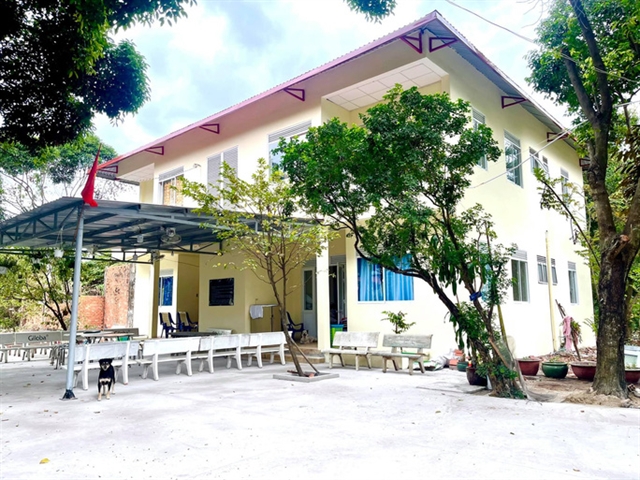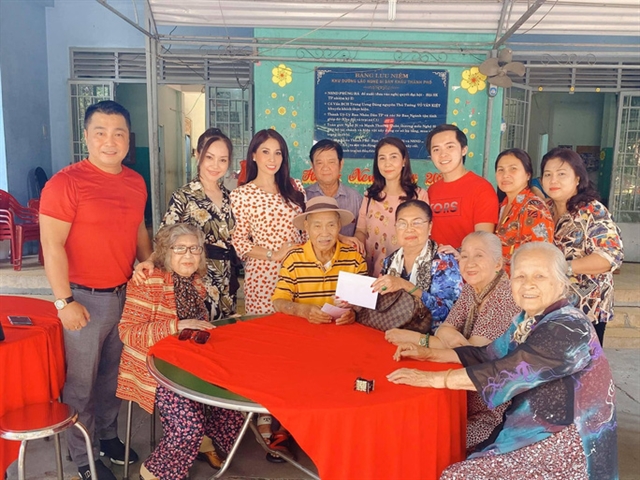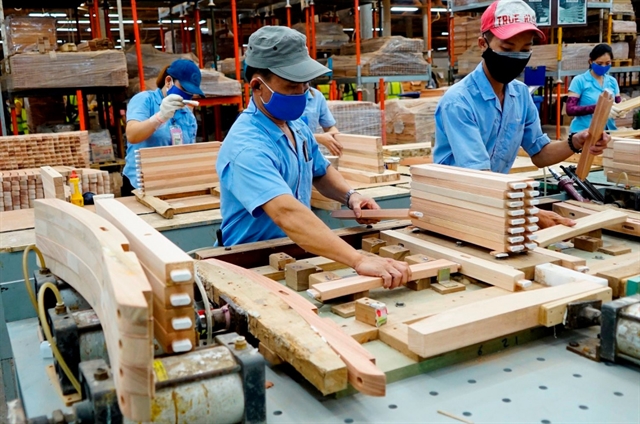 Life & Style
Life & Style

Residents living in the HCM City Rest Home for Artists in District 8 will have a happy Tết (Lunar New Year) after the house renovation is completed this month.

|
| The Rest Home renovation began in September with funds, around VNĐ1.5 billion (US$65,000), from a number of individuals and organisations. Photo courtesy of HCM City Theatre Association |
HCM CITY Residents living in the HCM City Rest Home for Artists in District 8 will have a happy Tết (Lunar New Year) after the house renovation is completed this month.
The renovation began in September with funds of around VNĐ1.5 billion (US$65,000) from individuals and organisations, including movie actor Lý Hùng and theatre actress-producer Trịnh Kim Chi of HCM City.
The home serves more than 20 traditional artists aged 70-80, including cải lương (reformed opera) and tuồng (classical drama) stars like Diệu Hiền, Ngọc Đáng and Lệ Thẩm, who performed for more than 50 years and played a role in theatre development.
Free food, treatment and health care, and even funeral services, are all offered to the residents. The home receives financial support from local authorities.
“My father, late movie star and producer Lý Huỳnh, often visited his colleagues at the home every Tết when he was alive,” said actor Hùng, who has been in the movie industry the for 20 years.
“We will work together to expand the home and offer artists residing here better living conditions.”
More than 200 poor artists have signed up to live in the home, but it is currently at full capacity.

|
| Veteran and young artists often visit the HCM City Rest Home for Artists on national holidays to perform and raise funds for the home. Photo courtesy of HCM City Theatre Association |
HCM City Rest Home for Artists opened in 1998 and was first upgraded in 2006 thanks to the city’s Theatre Association in co-operation with the Department of Labour, Invalids and Social Affairs.
The home, located on 600sq.m of land in District 8’s Âu Dương Lân Street, was founded by the late People’s Artist Phùng Há, a star of cải lương (reformed opera) theatre.
Founder Há, known as Miss Bảy, began her career in 1923 in Mỹ Tho Province, the cradle of cải lương art. By the 1950s, she was at the peak of her artistry and fame. She died in 2009.
She trained theatre stars, including the late actress Thanh Nga and People’s Artist Bạch Tuyết and Kim Cương who won top prizes at national competitions and festivals.
Like many of her peers, Há devoted her energies to the stage, and did not marry or have children. She spent her savings to build the Rest Home for Artists and the Artists’ Pagoda in 1958 in Gò Vấp District, which also has a cemetery for traditional artists.
The pagoda serves as a place of rest for nearly 1,000 theatre performers.
Many veteran and young artists will visit the home and pagoda before and during Tết holiday in February to perform and raise funds for the home and pagoda. VNS




